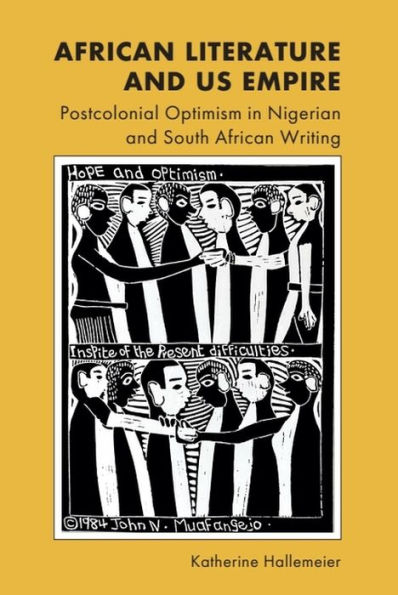Home
Consuming Empire U.S. Fiction, 1865-1930
Barnes and Noble
Loading Inventory...
Consuming Empire U.S. Fiction, 1865-1930 in Franklin, TN
Current price: $120.00
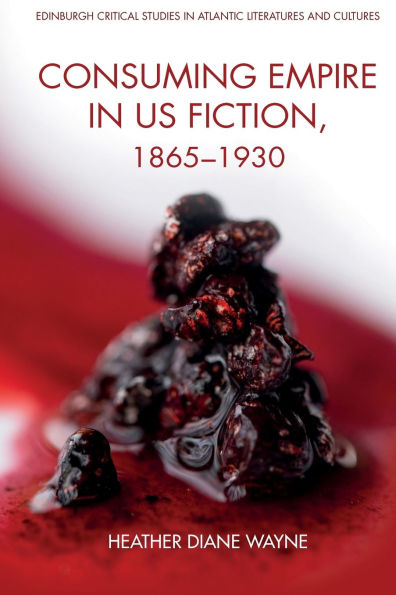
Barnes and Noble
Consuming Empire U.S. Fiction, 1865-1930 in Franklin, TN
Current price: $120.00
Loading Inventory...
Size: Hardcover
What is a reference to an Italian Egyptologist doing in Louisa May Alcott’s portrait of domesticity
Little Women
? Why does Elizabeth Stuart Phelps’s painter protagonist Avis Dobell knowand carethat her red shawl is dyed with desiccated beetles? Why might W.E.B. Du Bois’s fictional sharecropper display a reproduction of a painting by William-Adolphe Bouguereau near his cotton field? These questions, and more, are answered by
Consuming Empire in US Fiction, 1865–1930
. An interdisciplinary study of references to internationally-traded commodities in US fiction,
assembles an integrated geopolitical analysis of Americans’ material, gendered, and aesthetic experiences of empire at the turn of the twentieth century. Examining allusions to contested goods like cochineal, cotton, oranges, fur, gold, pearls, porcelain, and wheat,
reveals a linked global imagination among authors who were often directly or indirectly critical of US imperial ambitions. Furthermore,
considers the commodification of art itself, interpreting writers’ allusions to paintings, sculptures, and artists as self-aware acknowledgments of their own complicity in global capitalism. As
demonstrates, literary texts have long trained consumers to imagine their relationship to the world through the things they own.
Little Women
? Why does Elizabeth Stuart Phelps’s painter protagonist Avis Dobell knowand carethat her red shawl is dyed with desiccated beetles? Why might W.E.B. Du Bois’s fictional sharecropper display a reproduction of a painting by William-Adolphe Bouguereau near his cotton field? These questions, and more, are answered by
Consuming Empire in US Fiction, 1865–1930
. An interdisciplinary study of references to internationally-traded commodities in US fiction,
assembles an integrated geopolitical analysis of Americans’ material, gendered, and aesthetic experiences of empire at the turn of the twentieth century. Examining allusions to contested goods like cochineal, cotton, oranges, fur, gold, pearls, porcelain, and wheat,
reveals a linked global imagination among authors who were often directly or indirectly critical of US imperial ambitions. Furthermore,
considers the commodification of art itself, interpreting writers’ allusions to paintings, sculptures, and artists as self-aware acknowledgments of their own complicity in global capitalism. As
demonstrates, literary texts have long trained consumers to imagine their relationship to the world through the things they own.
What is a reference to an Italian Egyptologist doing in Louisa May Alcott’s portrait of domesticity
Little Women
? Why does Elizabeth Stuart Phelps’s painter protagonist Avis Dobell knowand carethat her red shawl is dyed with desiccated beetles? Why might W.E.B. Du Bois’s fictional sharecropper display a reproduction of a painting by William-Adolphe Bouguereau near his cotton field? These questions, and more, are answered by
Consuming Empire in US Fiction, 1865–1930
. An interdisciplinary study of references to internationally-traded commodities in US fiction,
assembles an integrated geopolitical analysis of Americans’ material, gendered, and aesthetic experiences of empire at the turn of the twentieth century. Examining allusions to contested goods like cochineal, cotton, oranges, fur, gold, pearls, porcelain, and wheat,
reveals a linked global imagination among authors who were often directly or indirectly critical of US imperial ambitions. Furthermore,
considers the commodification of art itself, interpreting writers’ allusions to paintings, sculptures, and artists as self-aware acknowledgments of their own complicity in global capitalism. As
demonstrates, literary texts have long trained consumers to imagine their relationship to the world through the things they own.
Little Women
? Why does Elizabeth Stuart Phelps’s painter protagonist Avis Dobell knowand carethat her red shawl is dyed with desiccated beetles? Why might W.E.B. Du Bois’s fictional sharecropper display a reproduction of a painting by William-Adolphe Bouguereau near his cotton field? These questions, and more, are answered by
Consuming Empire in US Fiction, 1865–1930
. An interdisciplinary study of references to internationally-traded commodities in US fiction,
assembles an integrated geopolitical analysis of Americans’ material, gendered, and aesthetic experiences of empire at the turn of the twentieth century. Examining allusions to contested goods like cochineal, cotton, oranges, fur, gold, pearls, porcelain, and wheat,
reveals a linked global imagination among authors who were often directly or indirectly critical of US imperial ambitions. Furthermore,
considers the commodification of art itself, interpreting writers’ allusions to paintings, sculptures, and artists as self-aware acknowledgments of their own complicity in global capitalism. As
demonstrates, literary texts have long trained consumers to imagine their relationship to the world through the things they own.

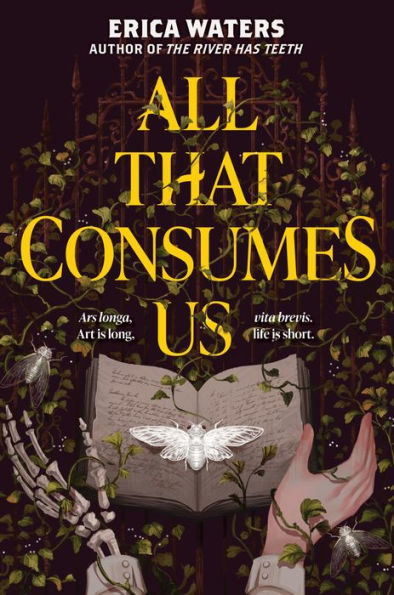
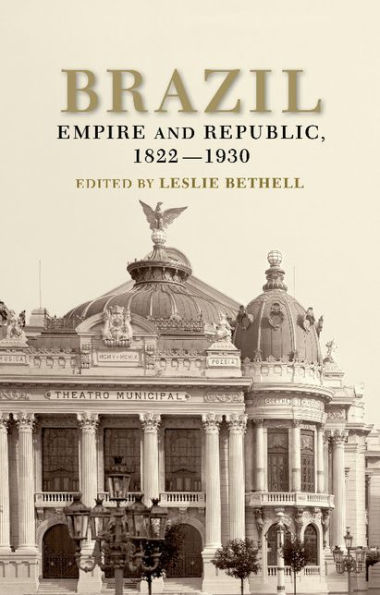
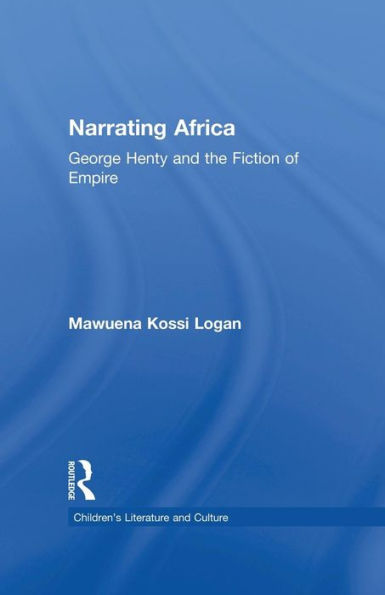
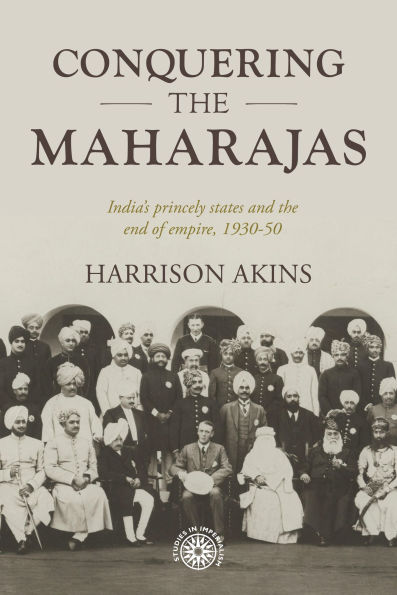
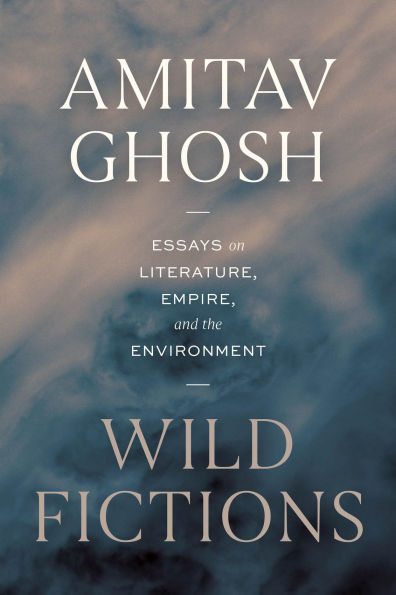
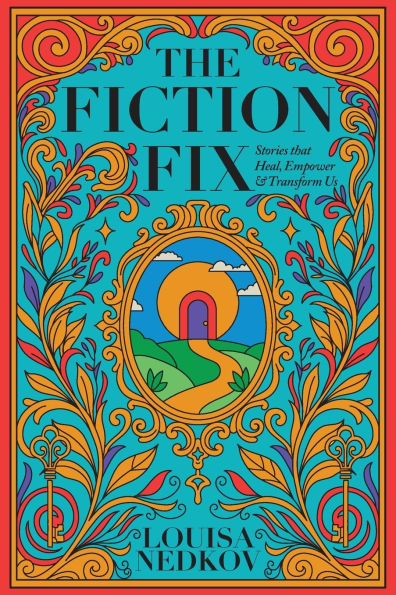

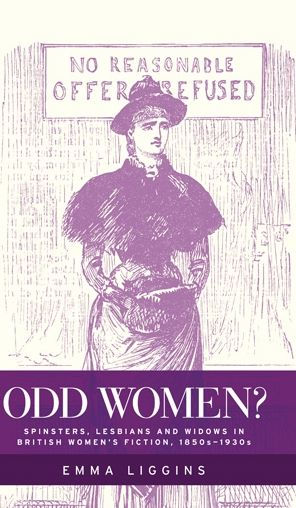
![TWS 3rd Mini Album `TRY WITH US' [boY Ver.] [Barnes & Noble Exclusive]](https://prodimage.images-bn.com/pimages/0198704323737_p0_v1_s600x595.jpg)
